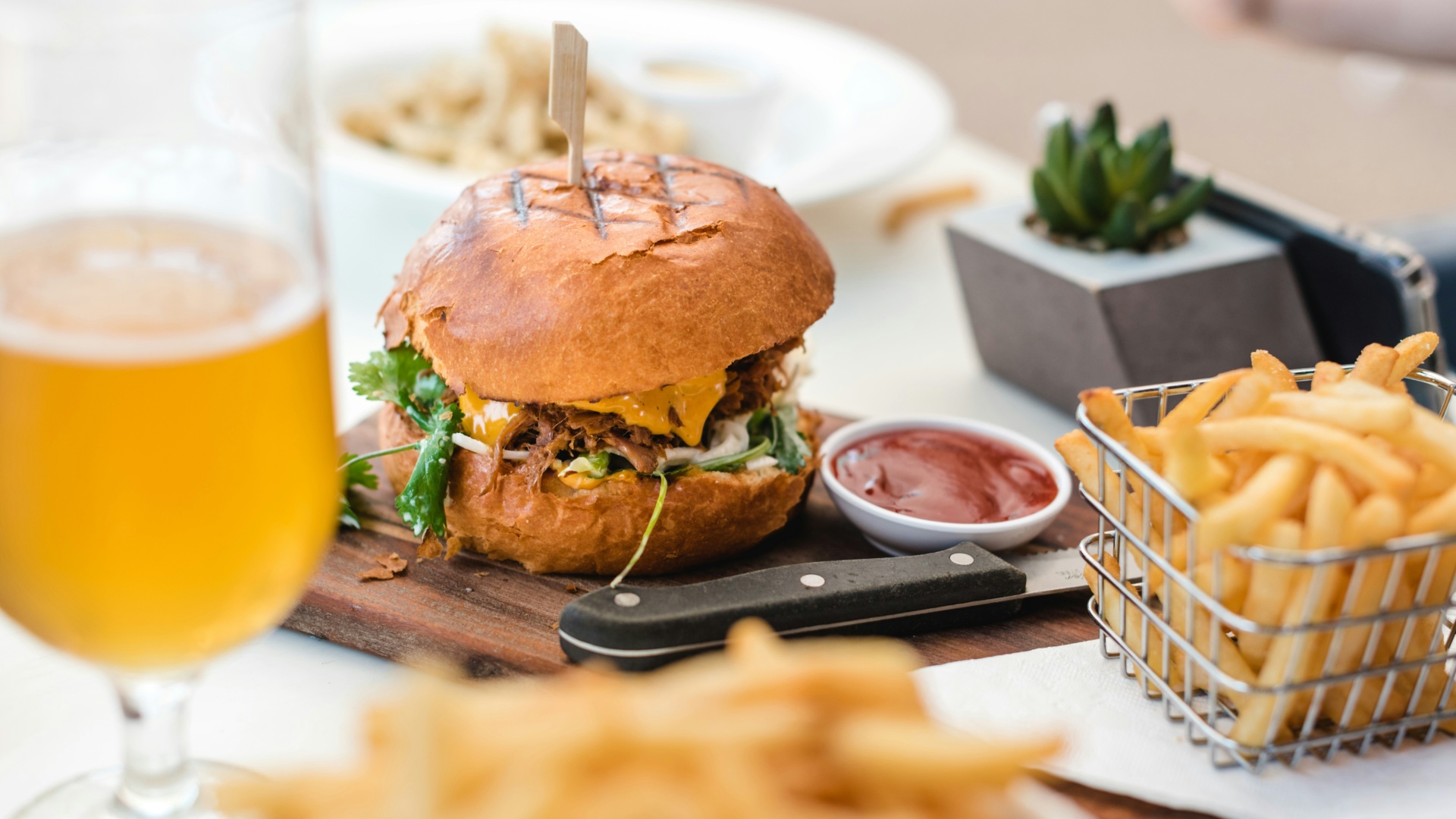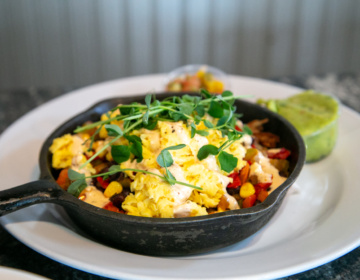It is estimated that 58% of all food produced in Canada is wasted every year. We’re throwing away nearly 35.6 million tonnes of food on an annual basis, which is adding an estimated 56.6 million tonnes of emissions into the air. When it comes to doing the right thing for the environment, every little bit helps.
Today, we’re talking about how a classic beef burger and craft beer combo can help combat food waste. If you’ve ever wondered whether your favourite restaurant pairing is helping the environment, you’ve come to the right place!
Cattle: The Great Upcyclers
Beef cattle herds in Canada play an important role in limiting the amount of food waste that ends up as landfill. Beef cattle are “upcyclers,” meaning that they can use foods and food by-products that humans either reject (like “ugly” carrots) or things that humans can’t eat (like the spent grain left over from making beer). These products that we would otherwise discard make great cattle feed.
How does it work?
- The brewing process uses a variety of grains to produce beer, including barley, rye, and wheat. After these grains have been soaked in water, they are considered “spent grain” and they’re no longer required in the brewing process. Breweries can produce tons of spent grain every year depending on their yield. It’s estimated that every six-pack of beer yields one pound of spent grain, which adds up fast.
- Previously, breweries would send their spent grain to a landfill or composting center. Today, spent grain is sent to farms and used as cattle feed.
- Spent grain is full of vitamins, minerals, and amino acids that support animal health, so it makes great cattle feed. It’s also less expensive than other options, so farmers can access this product at a great price.
- By consuming spent grain, cattle herds help limit the amount of food waste that would otherwise generate carbon dioxide in a landfill.
2. Previously, breweries would send their spent grain to a landfill or composting center. Today, spent grain is sent to farms and used as cattle feed. Spent grain is full of vitamins, minerals, and amino acids that support animal health, so it makes great cattle feed. It’s also less expensive than other options, so farmers can access this product at a great price.
3. By consuming spent grain, cattle herds help limit the amount of food waste that would otherwise generate carbon dioxide in a landfill.
Next time you think of a beef and beer pairing, remember that it’s more than just what’s in the glass and on your plate. This partnership benefits farmers, brewers, and diners alike.
The Canadian cattle industry has made great strides in its efforts to reduce the industry’s environmental footprint, including diverting spent grain from the landfill to use as cattle feed. To learn more, check out Spent Goods and Canadian Beef.



